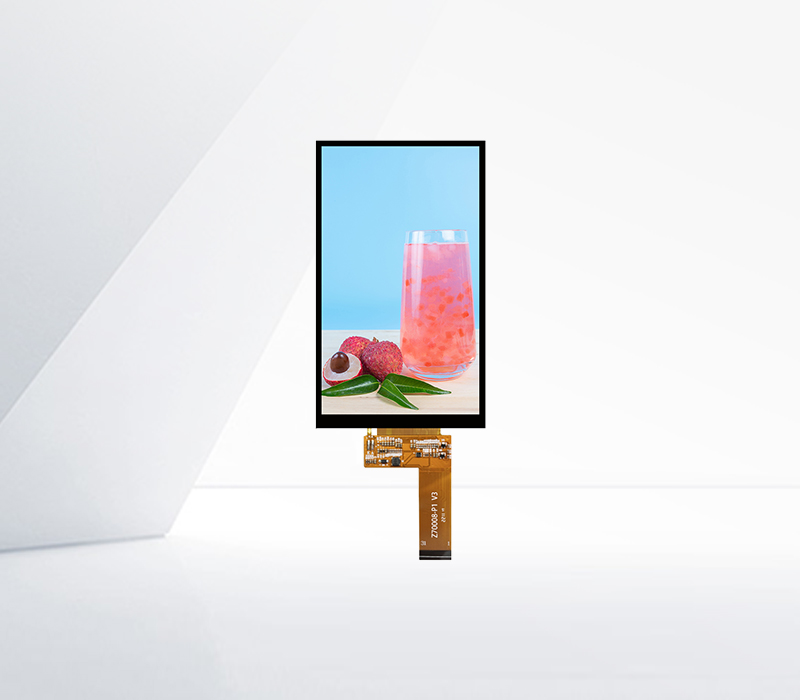



Structure and Schematic Diagram of LCD Liquid - Crystal Screens
An LCD liquid - crystal screen is a complex electro - optical device composed of several key components, each with a specific function in the process of displaying images.
The basic structure of an LCD screen consists of two glass substrates. The inner surfaces of these glass substrates are coated with a thin layer of indium tin oxide (ITO), which is a transparent conductive material. The liquid - crystal layer is sandwiched between these two glass substrates. The liquid crystals are the core component that determines the optical properties of the LCD screen.
On one of the glass substrates, there are thin - film transistors (TFTs) arranged in a matrix pattern. Each TFT is associated with a pixel. The TFTs act as switches, controlling the voltage applied to the corresponding liquid - crystal cells. When a pixel needs to be activated, the TFT allows the appropriate voltage to be applied to the liquid - crystal cell, causing the liquid crystals to change their orientation.
There are also polarizers placed on the outer surfaces of the two glass substrates. The polarizers are used to polarize the light that enters and exits the LCD screen. The light source, which is usually a backlight unit (BLU), is located behind one of the glass substrates. In the case of a traditional LCD screen, the backlight is often a cold - cathode fluorescent lamp (CCFL), while in modern LCDs, light - emitting diodes (LEDs) are more commonly used as the backlight source. The backlight emits light, which passes through the polarizer, the liquid - crystal layer, and another polarizer before reaching the viewer's eyes.
The schematic diagram of an LCD screen shows the electrical and optical connections between these components. The signal from the LCD driver is sent to the TFTs, which control the liquid - crystal cells. The backlight unit is also connected to a power source and a control circuit that regulates its brightness. The overall design of the LCD screen structure and the associated schematic diagram are optimized to ensure efficient operation, accurate image display, and energy - saving performance. For example, the design of the liquid - crystal layer thickness and the alignment of the liquid crystals are carefully adjusted to achieve the desired optical properties, while the layout of the TFTs and the electrical connections are designed to minimize signal interference and power consumption.

